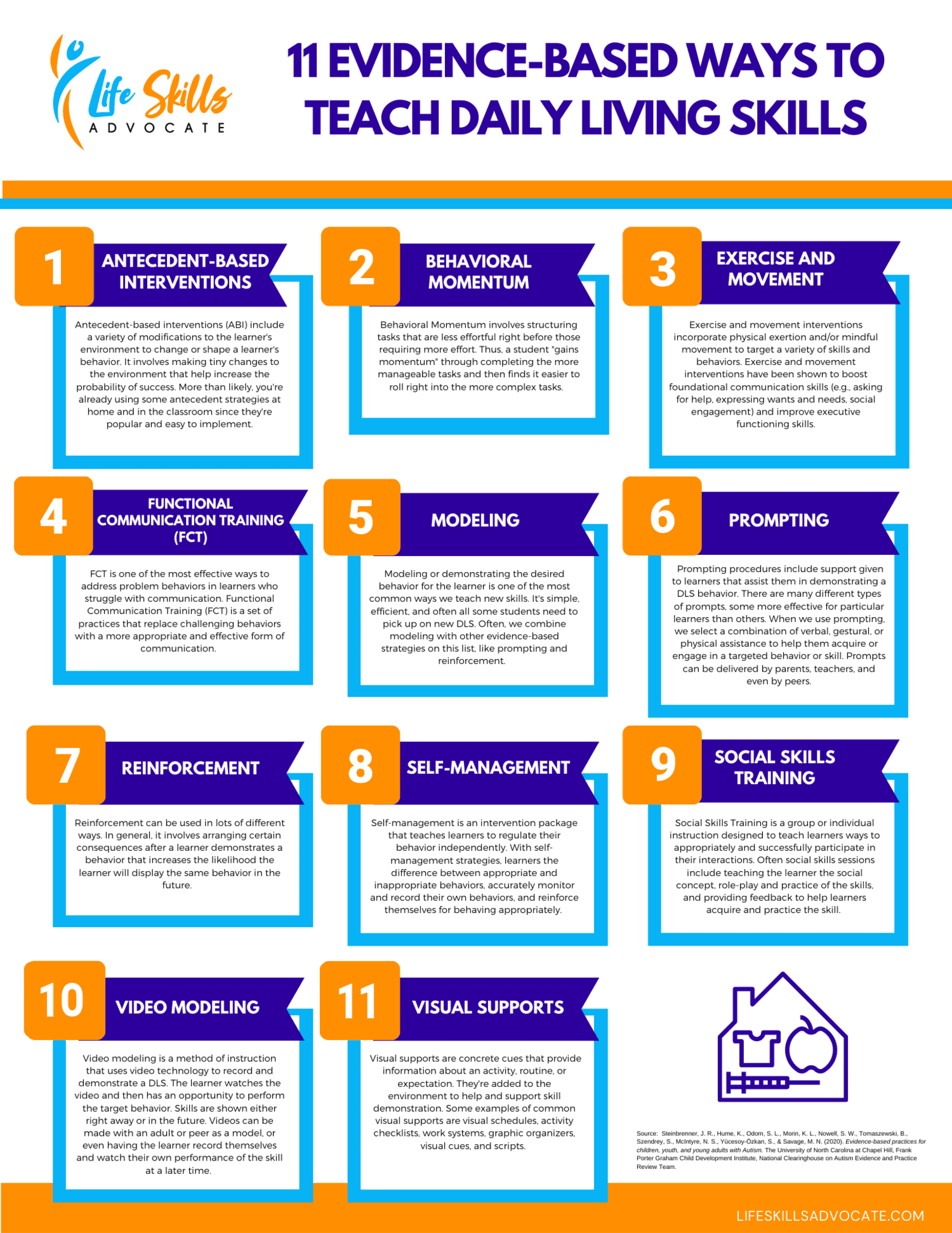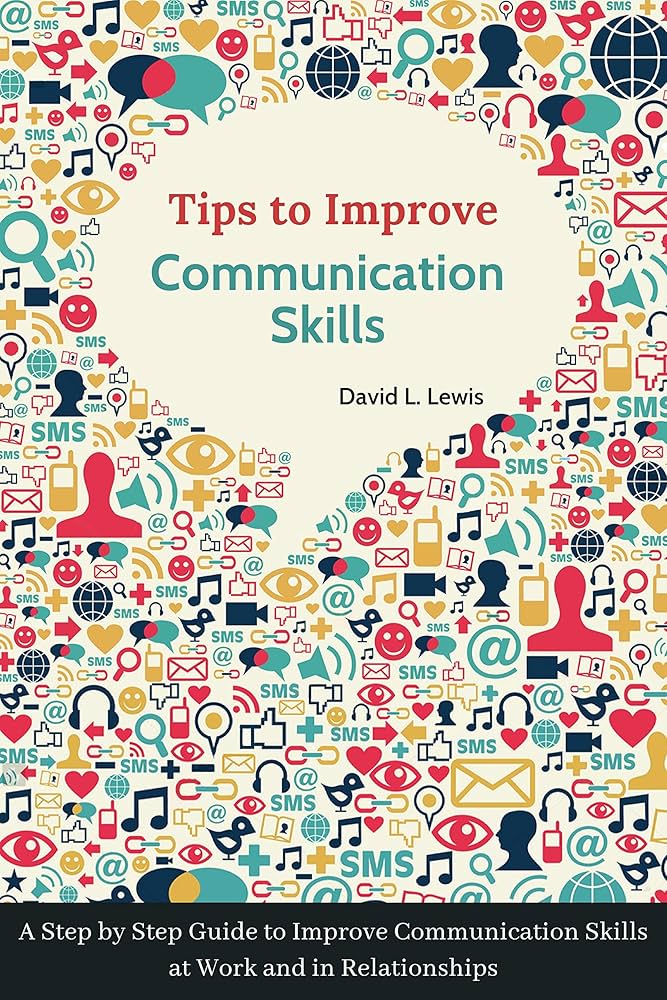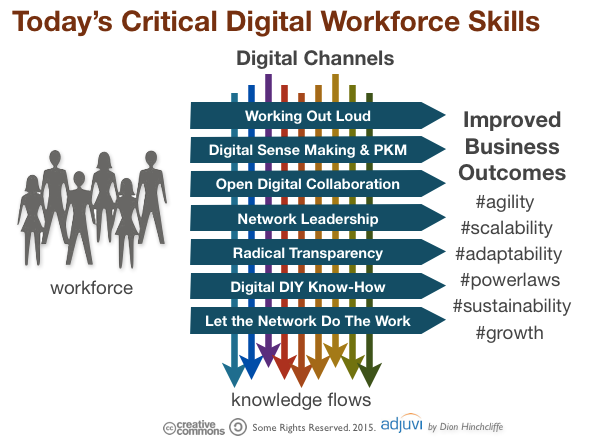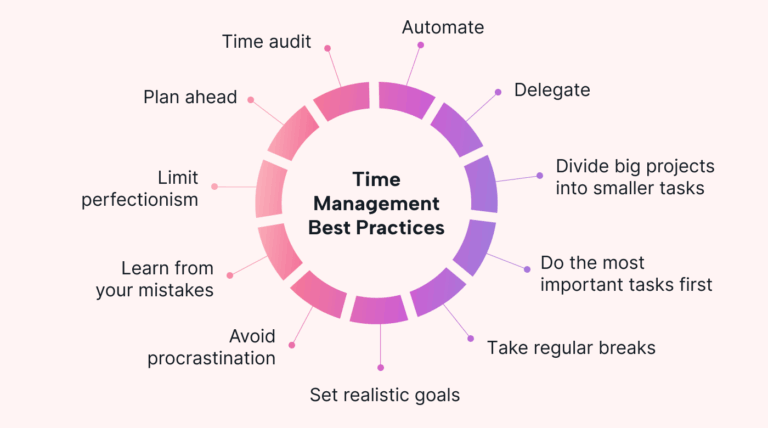Evidence-Based Learning Techniques For Faster Skill Acquisition

Studies reveal that learners who utilize evidence-based techniques outperform their peers by 30%. It’s intriguing how some methods can dramatically reduce learning time while enhancing retention and application. The science behind how we acquire new skills can transform our approach to education and training.
Evidence-based learning techniques date back to cognitive psychology research in the mid-20th century. For instance, spaced repetition and retrieval practice are proven strategies backed by decades of data. These methods have consistently demonstrated their effectiveness in various fields, from language acquisition to professional development.

Evidence-Based Learning Techniques for Faster Skill Acquisition
Evidence-based learning techniques are practices proven through research to enhance learning. One such technique is spaced repetition, which involves reviewing information at increasing intervals. This method helps improve long-term memory. Studies show that spaced repetition increases retention by up to 50%. It is widely used in language learning and medical education.
Another effective technique is retrieval practice, where learners actively recall information. Regularly testing yourself on material helps you remember it better than passive review. According to the article, retrieval practice can lead to better long-term retention and understanding. This approach is useful in various educational settings. It’s simple but highly effective.
Multimodal learning leverages different formats like text, visuals, and audio to improve comprehension. Using multiple senses helps reinforce information in the brain. For example, combining reading with listening to the same material can enhance retention. You can experiment with different learning modes to see what works best for you. Here is the article that explains multimodal learning in greater detail.
Interactive learning tools like quizzes and flashcards can significantly boost engagement. These tools make learning more enjoyable and effective. Utilizing apps that use spaced repetition systems, like Anki or Quizlet, can be particularly beneficial. According to this post, these apps adapt to your progress, ensuring you focus on areas that need improvement. This makes your learning experience more efficient.
Definition and Importance of Evidence-Based Learning
Evidence-based learning refers to educational practices proven effective through rigorous research. These methods are backed by scientific studies, ensuring they genuinely improve learning outcomes. By focusing on what works, educators can maximize their teaching efficiency. This approach helps learners grasp new skills more quickly. It is a key strategy in modern education.
The importance of evidence-based learning lies in its proven results. It eliminates guesswork in teaching methodologies, providing clear guidelines for success. According to numerous studies, using these techniques can significantly boost student performance. This makes education more effective for both students and teachers. Incorporating evidence-based methods ensures reliable learning outcomes.
Teachers and students benefit from clear, research-backed strategies. These techniques improve knowledge retention and understanding. For example, techniques like spaced repetition and retrieval practice have shown remarkable results. By applying these methods, learners can develop skills more efficiently. This scientific approach to education is transformative.
Evidence-based learning also fosters confidence in the education system. When learners see tangible improvements in their skills, their motivation increases. Teachers can rely on these proven methods to enhance their instruction. Overall, this approach leads to better educational experiences. Adopting evidence-based techniques is essential in our rapidly evolving world.
Key Techniques for Effective Skill Development
One essential technique for skill development is deliberate practice. This involves focused and goal-oriented practice sessions. Unlike regular practice, deliberate practice requires you to continually challenge yourself. Each session should have specific objectives. This focused approach leads to significant improvements.
Another important method is using feedback loops. Feedback helps identify areas that need improvement. It is critical to seek timely and specific feedback from mentors or peers. This allows for adjustments before bad habits form. Constant feedback accelerates learning and skill mastery.
Visualization techniques can also greatly enhance skill development. Athletes and performers often use mental imagery to practice. This involves visualizing themselves performing the skill perfectly. Visualization strengthens neural connections related to the skill. It prepares the mind for actual performance.
Incorporating varied learning activities keeps the process engaging. This could include workshops, online courses, and hands-on experiences. Here’s a table summarizing key techniques:
| Technique | Benefit |
|---|---|
| Deliberate Practice | Focused Improvement |
| Feedback Loops | Timely Adjustments |
| Visualization | Mental Preparation |
Combining these methods ensures a more effective learning experience.
Role of Retrieval Practice in Learning
Retrieval practice is a powerful learning technique that involves recalling information from memory. Instead of passively reviewing notes, you actively test yourself on the material. This helps strengthen neural connections in the brain. The more you practice retrieval, the better you remember. It turns learning into an active, engaging process.
The benefits of retrieval practice are well-documented. Studies show that students who use retrieval practice perform better on exams. This method enhances long-term retention and understanding. It encourages deeper processing of information. Overall, it turns studying into an effective and efficient activity.
Many educators incorporate retrieval practice into their teaching strategies. For instance, frequent quizzes and practice tests are common tools. These allow students to continually test their knowledge. Another approach is the use of flashcards. Tools like Quizlet make it easy to implement retrieval practice in everyday learning.
Retrieval practice can be utilized in various subjects. Whether it’s math, science, or history, regularly testing your knowledge is beneficial. It helps identify gaps in understanding, making it easier to address weak areas. Here is a table summarizing its key benefits:
| Benefit | Description |
|---|---|
| Improved Retention | Better long-term memory |
| Enhanced Understanding | Deeper knowledge processing |
| Efficient Studying | More effective learning |
Using retrieval practice in your study routine can significantly boost your learning outcomes.
Benefits of Spaced Repetition Systems
Spaced repetition systems (SRS) are a smart way to enhance memory retention. This technique involves reviewing information at increasing intervals over time. The science behind it is simple: spacing out reviews helps transfer knowledge to long-term memory. It is particularly effective for learning new vocabulary or complex concepts. Using SRS can greatly improve your study efficiency.
One major benefit of SRS is its ability to combat the forgetting curve. After initially learning something, memory retention drops sharply. Spaced repetition counters this by refreshing your memory just as it begins to fade. This continual review ensures information is retained longer. It is a highly effective method for battling forgetting.
Many modern educational tools incorporate SRS. Apps like Anki and Quizlet are designed specifically with spaced repetition in mind. These tools automatically adjust review schedules based on how well you know each piece of information. This personalized approach ensures you focus on weaker areas. Technology has made implementing SRS easier than ever.
Research supports the effectiveness of spaced repetition. Studies show that students using SRS perform better in both short-term and long-term assessments. It is not just limited to academic subjects; professionals use it for continuing education. The benefits of spaced repetition extend to any field requiring retained knowledge.
Here’s a list summarizing key advantages:
- Improved long-term retention
- Efficient learning process
- Combats forgetting curve
- Personalized review schedules
- Supports both academic and professional learning
Incorporating spaced repetition into your study routine can transform the way you learn.
Key Takeaways
- Spaced repetition helps retain information longer by spacing out study sessions.
- Retrieval practice improves memory by actively recalling information.
- Multimodal learning uses different formats like text, visuals, and audio together.
- Using feedback loops helps identify and improve weak areas quickly.
- Interactive tools like quizzes make learning more engaging and effective.

Conclusion
Evidence-based learning techniques are essential for effective skill acquisition. They improve retention and understanding by utilizing proven strategies. By incorporating methods like spaced repetition and retrieval practice, learners can achieve faster and more efficient results.
Educators and professionals alike can benefit from these techniques. Applying them ensures that learning is both effective and enjoyable. Embracing evidence-based methods in education and training leads to significant long-term gains.






